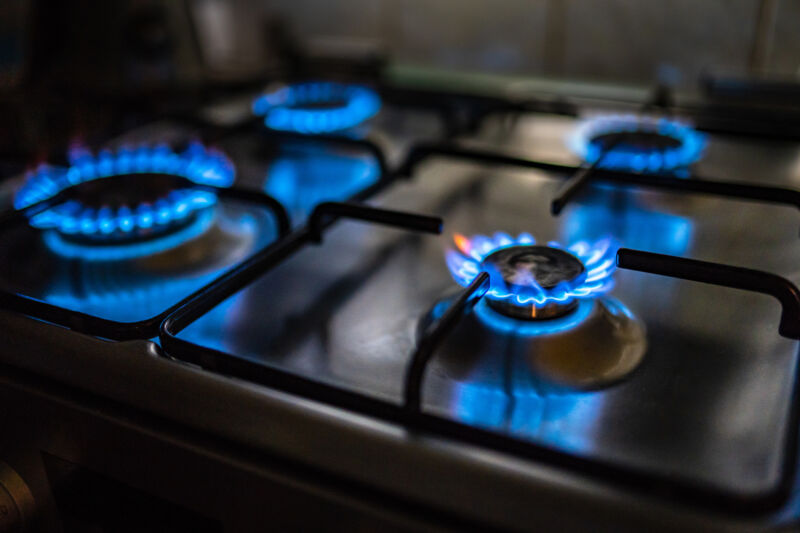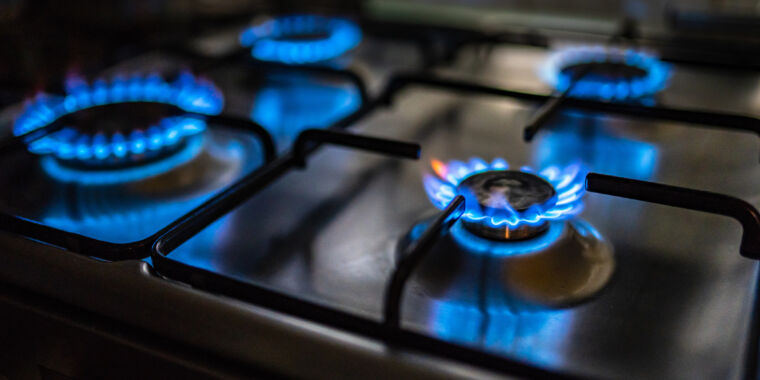New research shows gas stove emissions contribute to 19,000 deaths annually

Ruth Ann Norton used to look forward to seeing the blue flame that danced on the burners of her gas stove. At one time, she says, she would have sworn that preparing meals with the appliance actually made her a better cook.
But then she started learning about the toxic gasses, including carbon monoxide, formaldehyde and other harmful pollutants that are emitted by stoves into the air, even when they’re turned off.
“I’m a person who grew up cooking, and love that blue flame,” said Norton, who leads the environmental advocacy group known as the Green & Healthy Homes Initiative. “But people fear what they don’t know. And what people need to understand really strongly is the subtle and profound impact that this is having—on neurological health, on respiratory health, on reproductive health.”
In recent years, gas stoves have been an unlikely front in the nation’s culture wars, occupying space at the center of a debate over public health, consumer protection, and the commercial interests of manufacturers. Now, Norton is among the environmental advocates who wonder if a pair of recent developments around the public’s understanding of the harms of gas stoves might be the start of a broader shift to expand the use of electrical ranges.
On Monday, lawmakers in the California Assembly advanced a bill that would require any gas stoves sold in the state to bear a warning label indicating that stoves and ovens in use “can release nitrogen dioxide, carbon monoxide, and benzene inside homes at rates that lead to concentrations exceeding the standards of the Office of Environmental Health Hazard Assessment and the United States Environmental Protection Agency for outdoor air quality.”
The label would also note that breathing those pollutants “can exacerbate preexisting respiratory illnesses and increase the risk of developing leukemia and asthma, especially in children. To help reduce the risk of breathing harmful gases, allow ventilation in the area and turn on a vent hood when gas-powered stoves and ranges are in use.”
The measure, which moved the state Senate, could be considered for passage later this year.
“Just running a stove for a few minutes with poor ventilation can lead to indoor concentrations of nitrogen dioxide that exceed the EPA’s air standard for outdoors,” Gail Pellerin, the California assembly member who introduced the bill, said in an interview Wednesday. “You’re sitting there in the house drinking a glass of wine, making dinner, and you’re just inhaling a toxic level of these gases. So, we need a label to make sure people are informed.”
Pellerin’s proposal moved forward in the legislature just days after a group of Stanford researchers announced the findings of a peer-reviewed study that builds on earlier examinations of the public health toll of exposure to nitrogen dioxide pollution from gas and propane stoves.
New research shows gas stove emissions contribute to 19,000 deaths annually Read More »
